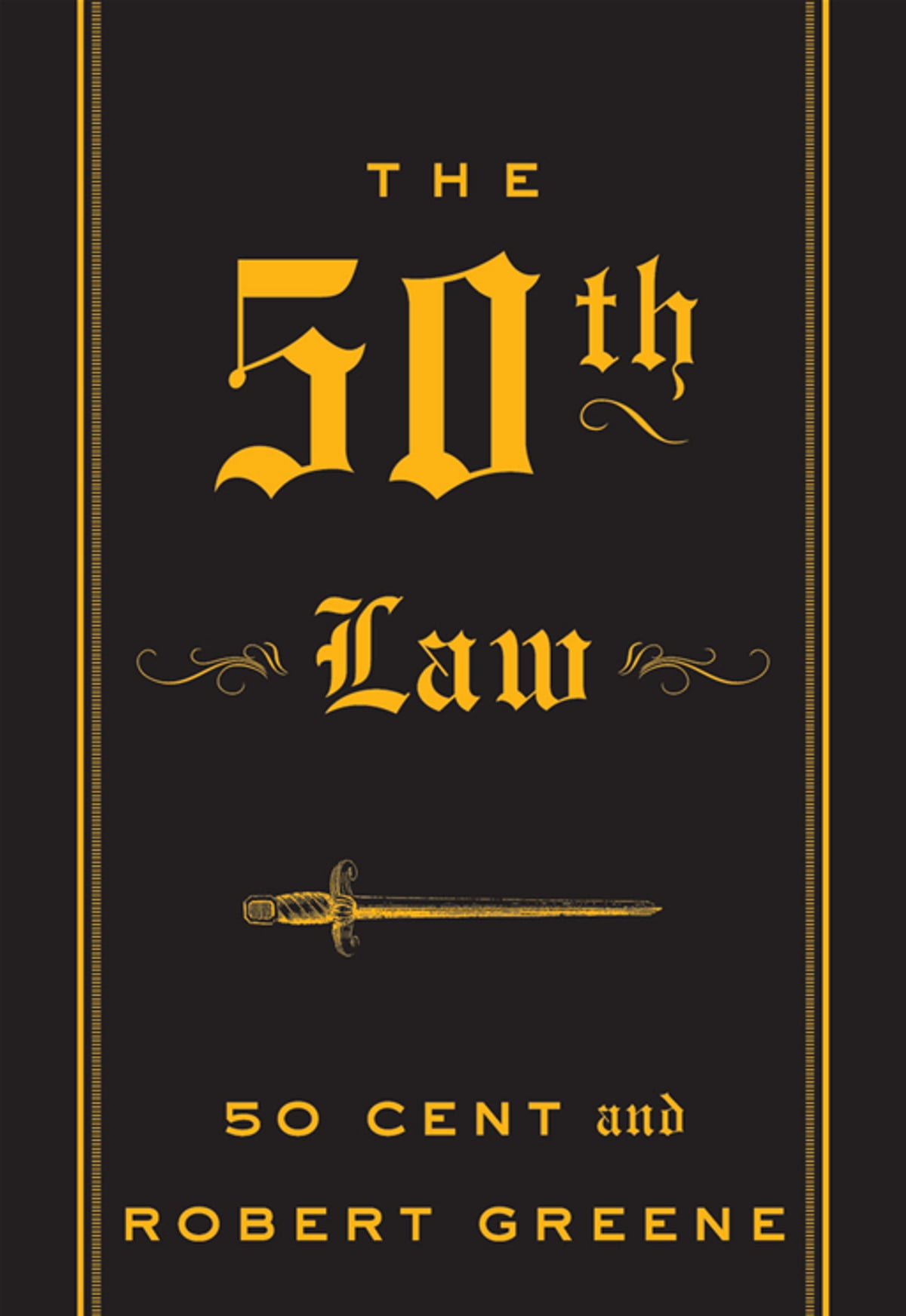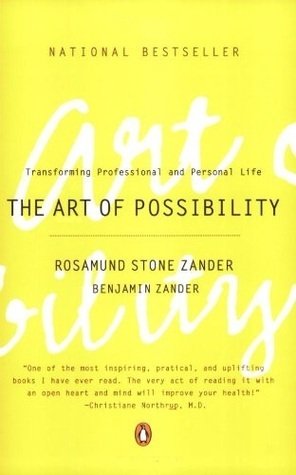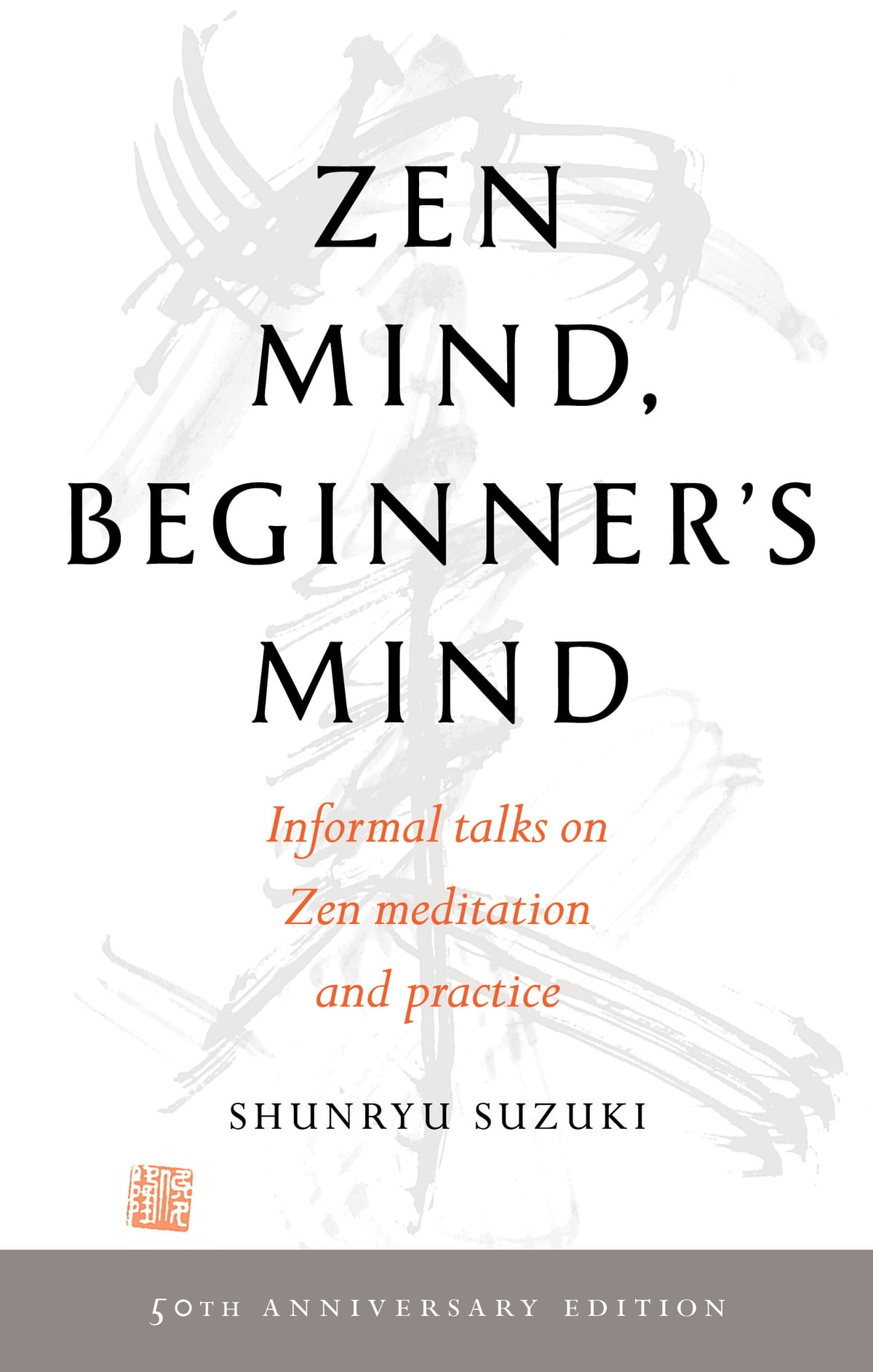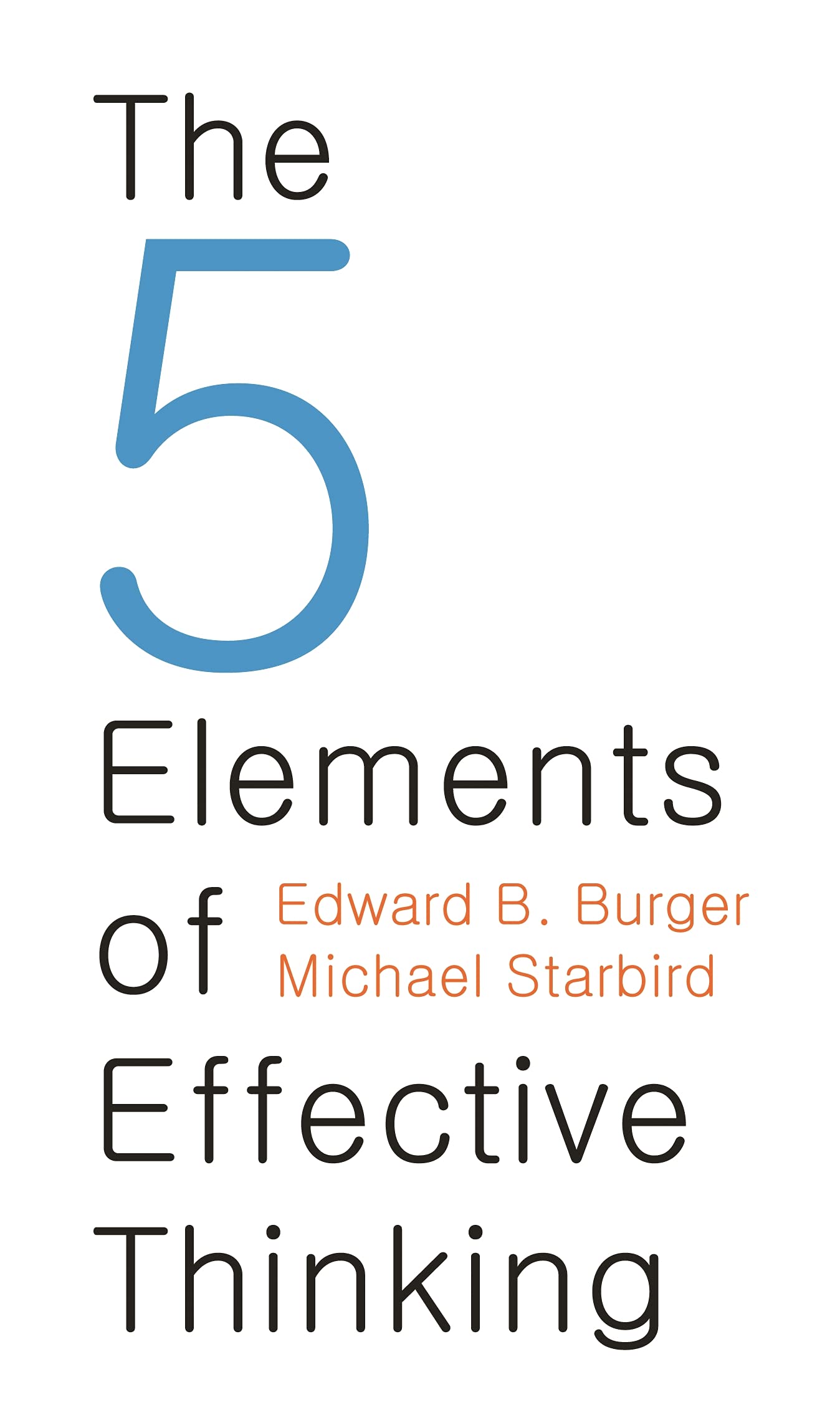Switch
by Chip & Dan Heath
- Personal Development
- Ashto =
- Jonesy =
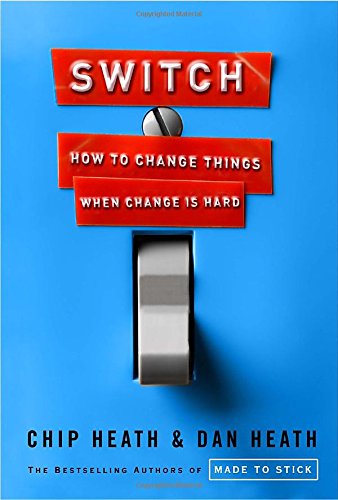
Switch – by Chip & Dan Heath
This is a phenomenal book ‘Switch’ about creating change, any change at any level. They break it down into three elements:
1. Direct the Rider (make it crystal clear)
2. Motivate the Elephant (strong feelings, a NEED to change)
3. Shape the Path (Make it as easy as possible)
The rider can control the elephant for a very short period of short, but the elephant is big and strong and can overpower the rider at any point – that’s why you need all three things to effectively maintain a change.
‘How to change things when change is hard’
Check out our new social media accounts: www.twitter.com/wywlpodcast and https://www.linkedin.com/company/what-you-will-learn-podcast/ and https://www.instagram.com/whatyouwilllearn/
We’ve done another couple of episodes based on books by these two authors:
- The Power of Moments – by Chip & Dan Heath
- Decisive – by Chip & Dan Heath
- Interview with Dan Heath
Switch: How To Change Things When Change Is Hard
“Knowledge alone does not change behaviour. We have all encountered crazy shrinks and obese doctors and divorced marriage counsellors”
Have you ever noticed you’ve put on a few extra kilos and thought “that’s enough, starting tomorrow I’m getting healthy!”.
The alarm wakes you at 4:59am. You now have the important decision to make. You’re trying to lose weight and go for a run before work. But last night when you set the alarm, your rational brain was in charge making the decisions. It was easy and made sense, so you made the commitment.
But now…. It’s cold and dark, you’re tired and it’s much warmer and comfortable in bed. Your emotional brain is now in charge.
The emotional brain in the blankets is a powerful force that dominates the rational brain that wants to get fit.
Whenever you implement change you’re going to have this schizophrenic battle within yourself. A tension arises: the rational brain knows what is necessary but the emotional brain doesn’t want to do the hard work.
The Heath Brothers use a metaphor of ‘the rider and the elephant’ to explain the battle (borrowed from Jonathan Haidt’s book The Happiness Hypothesis). Our rational brain is ‘the rider’, our emotional brain is ‘the elephant’. The rider can control where the elephant goes to a certain extent, but at any moment the powerful elephant can take over and do whatever it wants.
Then there is a third element to this metaphor: the path. If you’re walking through a grassy field the elephant can go in any direction, but if there is a clear path it’s easier for the rider to keep the elephant on track.
If you just instruct the rider then you have an understanding but not motivation. If you just appeal to the elephant then you have passion but no direction. Atomic Habits showed you methods on installing habit change. But sometimes, your autopilot is so wired that it is impossible. Switch shows how you can get the rider and your elephant to work together.
- Direct the Rider (make it crystal clear to your rational brain)
- Motivate the Elephant (tether the change to strong emotions)
- Shape the Path (tweak the team’s environment to make it as easy as possible)
Direct the Rider
Find The Bright Spots
Jerry Sternin headed up ‘Save The Children’ in Vietnam and was tasked with addressing malnutrition. In previous attempts at solving the problem, Westerners would come in and try to increase the food supplied so the mothers could feed their kids like American kids. This was a very big cultural change.
Big Jerry came in with a different approach. He noticed that not all kids were malnourished. Rather than trying to change everyone, he looked at what was working within the kids who were healthy. By shining the spotlight on these kids they found a unique difference between the well-nourished and malnourished kids. They ate the same amount of food, but differently. Rather than eating a bowl of rice twice a day, the healthy kid’s mothers gave them a half serving four times a day. They later found that the malnourished kids who ate in big portions didn’t have an adequate digestive system to extract the nutrients. By looking at what actually worked, Jerry found an effective way to instill change.
We’re always looking for problems to fix. But sometimes the best way to fix it isn’t to find things that are wrong but look for things that are right. Identifying and highlighting a ‘bright spot’ gives the rider something to strive for. Rather than just looking for problems, a bright spot offers a solution.
Rather than asking “What’s broken and how do we fix it?”, instead ask “What’s working and how do we do more of it?”.
Motivate the Elephant
Shrink the Change
Your big 6-ton elephant in your emotional mind doesn’t like to make big changes. Even when the rider is pulling the reins with all its force, the elephant just plods along. It’s more comfortable to keep things the way they are. So to instill change in humans, we need to find a way to get the elephant to change direction.
One way is to minimise the feeling of the new things ahead of us. To do this, we focus on what has already been accomplished. This is known as the “endowed progress” effect.
One study looked at cafe owners who were looking to make the most of their loyalty cards. The barrister will stamp a card after each purchase. On the 8th stamp the customer gets a free coffee. Another cafe changed the game: they created a card that required 10 stamps, but stamped it twice for them for free. In both cases you’d need to buy 8 coffees to land the freebie. But they rocketed you 20% on the way towards your goal. For them it felt like less effort led and had a greater completion rate.
This can be applied to new changes that you’re looking to implement in your own life. For example, waking up out of bed to do an hour of exercise is a big deal. But waking up and getting out of bed, the necessary first step, is more palatable. Just getting up is easy! Then you’re already part of the way there to exercise. Your elephant feels better about making a small change. Once the elephant gets moving you can keep the momentum and make the improvements that you seek.
For me (Ashto), I use this to my advantage to trick myself into working harder. I know exactly what I’m doing, but it still works! Out of the two of us, Jonesy is the harder worker and is much more disciplined. In the early days, if we were recording an episode on Saturday morning, I’d be up til 2am on Friday night finishing off my notes (or worse, still working on them while Jonesy was driving over!). Jonesy on the other hand would finish his notes two weeks early.
Knowing that this is my tendency, I’ve leveraged the endowed progress effect. Take writing this book for example. Initially we were writing a book together that was going to be a “top 100” book, where we had our favourite 100 books in order with the key lessons from each. We divided up the list and committed to doing 50 each in just over a month. At the start of the month, seeing a list of 50 write ups to do was A LOT! But I started with the shortest and easiest ones. Once I’d knocked off some of my favourite books and some of the more straight-forward ones, I’d already done 15 or so write ups. Now I was already 30% through, and it was easier to keep going. Once I’d crossed the halfway mark, it felt even easier again.
Next, the “top 100” book merged into a “choose your own adventure” style book where we grouped the books into categories and ended up with 30 ‘highways’ based around specific themes. We had to basically re-write the whole book. Again, Jonesy just went through the list in order, but I had to manipulate my brain a little again. I started with the shortest highways – the ones with only two or three books in them. That way, my I was able to quickly knock off the first 20% of the task. Even though the ones still ahead of me were longer and more difficult, from a pure numbers point I’d already felt like I’d made good progress and the task was already well underway. It became less daunting and I could keep ploughing ahead.
Shape the Path
Tweak The Environment
When the Coronavirus hit the world in 2020, no organisation around the world was ready. Without notice, entire companies had to shift from working in the office to everybody working from home. For most employees, this was too much change in a short period of time. Working from the office to working from home was too much change within the environment to handle.
The best managers assisted by delivering office furniture, assembled systems at home and ensured a safe working environment. The ones that removed the hurdles in the path of change reduced the blow to their staff.
If you want to lose weight then throw out all of the Doritos in your cupboard. If you want to run in the morning, lay out your running clothes next to your bed the night before. If you want to read more, put a book in your bag or leave a book next to your bed.
Our environments shape our habits. If we can turn a desired change into a habit, our path becomes a lot smoother and our elephant is much more happy to keep walking along this path without the force of the rider. If you shape a safe and clear path then you don’t need to rely on the logic of the rider or the emotions of the elephant. Change becomes easy and effortless if you put yourself in the right environment.
Switch (dot point) Summary [based on our notes for the podcast episode]
How to change things when change is hard
Ch1 – 3 surprising things about change
- We know what you’re saying, people, resist change, but it’s not quite that easy. Babies are born every day to parents who inexplicably welcome the change
- The book says successful changes share a common pattern
- To change someone’s behavior you have to change that person situation
- The problem is, often the heart and the mind disagree
E.g Clocky wants to wake up earlier and go for a run
- The rational side wants to get up at 545
- The other part, emotional side wants to cocoon in the sheets and the blankets,
- We are schizophrenic
- The tension between the emotional side and rational side is captured by the story of the elephant and the rider
- Perched on top of the elephant, the rider holds the reins and seems to be the leader
- But the rider’s control is precarious because the rider is small relative to the elephant
- Anytime the 6-ton elephant and the rider disagree, the rider is going to lose, he is completely overmatched
- The rider can tug at the reins and win temporarily, but he is never going to win
- The elephant also has enormous strengths and the rider has crippling weaknesses
- Emotion is the elephant’s turf, love, compassion, sympathy, and loyalty
- If you want to change things you have to appeal to both
- If you reach the riders but not the elephants, team members will have understanding without motivation
- If you reach the elephants but not the riders, they’ll have passion without direction
The paradox of Choice, AA page 9
- Kids offered radishes and some were cookies
- Self-control is an exhaustible resource
- Willpower is draining
- When people try and change things, they’re usually tinkering with behaviors that have become automatic, and changing those behaviors require careful supervision by the rider
- The bigger the change you’re suggesting, the more it will sap peoples self-control
- An unmotivated elephant can doom a change effort
- If the rider isn’t sure what direction to go, he leads the elephant in circles
- What looks like resistance is often a lack of clarity
- If you want people to change you need crystal clear direction
Direct the rider, motivate the elephant, shape the path
Direct the rider
Ch2 – find the bright spots
The story of Jerry Sternin
- He worked for Save the Children in Vietnam
- The government invited them in to fight malnutrition
- Poverty was universal, clean water was unavailable
- He did a quick study where he got all the mothers in teams and weighed every kid in the village and looked at the results
- They found it was possible for a very poor family to have a well-nourished child
- ‘Then let’s go and see what they are doing’, focusing on the bright spots
- Bright spot mums were feeding kids 4 meals a day (the same amount but spread across as the twice a day mums)
- Turns out the twice a day meals, the kids couldn’t process the meal at one time
- Added sweet potato greens and shrimp
- The rider loves to contemplate, analyze, spin the wheels, make matters worse
- His analysis is almost always at the problems than at the bright spots
- How often do you catch your mate analyzing how the relationship is so well>
- “What’s working and how do we do more of it?” instead of “What’s broken and how do we fix it?”
- Of the 24 most common words in English, only 6 are positive.. Ashamed, bewildered, betrayed, great, happy etc
Ch3 – script the critical moves
- The status quo feels comfortable and steady because much of the choice has been squeezed out
- You have your routines, your way of doing things
- For most of the day, the Rider is on autopilot
- But in times of change, autopilot doesn’t work anymore
- Choices suddenly, proliferate and autopilot habits become unfamiliar
- The elephant will insist on taking the default path, the most familiar path
- Because uncertainty makes the elephant anxious
- Many leaders pride themselves on setting high-level direction (ill set the direction and stay out of the details)
- A compelling vision is critical, but not enough
- The paralyzing part is precisely in the details
- To make a switch, you need to script the critical moves
- Clarity dissolves resistance
Ch4 – point to the destination
- Chrystal Jones wanted to make her 1st-grade students kill it
- She could create great lesson plans an activities (script the critical moves) but how to show them where they are heading
- The way she pointed to the direction to them was
‘ By the end of this school year, you’re going to be 3rd graders’
- Tailor-made for there psyche they are cooler, smarter and bigger
- When you describe a compelling destination, you’re helping to correct one of the riders great weaknesses, the tendency to get lost in the analysis
- You need a gut smacking goal, one that appeals to the rider and the elephant
- Destination postcards show the rider where you’re headed, and they show why the journey is worthwhile
Needs to be a black or white goal
- If you set the goal of no more than one glass of wine per night
- There will be a time when your elephant craves more than one and boundaries will get fuzzy
- You will honor your one glass rule by filling it to the top or calling it an average and smashing 7 in one night
- You need it to be ‘no wine ever!’… Or ‘no more cheetos’
- Leave nowhere to hide
- Marry your long-term goal with the short term critical moves
Motivate the elephant
Ch 5 – find the feeling
- Negative emotions tend to have a narrowing effect on our thoughts,
- if your body is tensing up as you go through a dark alley, your mind isn’t going to wander over tomorrows to do list
- Positive emotions make us broaden and build
Ch6 – shrink the change
- If you’re leading a change effort, you are better off not looking at what is new and different about the change to come, instead make an effort to remind people of what has already been conquered
- If you want to get the elephant moving, you need to shrink the change
- To get the elephant to do its duff, you need to assure that the task won’t be so bad
Limit the investments you are asking for
E.g housecleaning
- Focus on one part of one room
Look its just 5 minutes, how bad can it be
John Wooden UCLA Coach
- When you improve a little each day, big things occur
- It won’t be a string of unbroken wins
- No one can guarantee a win, but the goal is to be wise about the things you can control
E.g don’t ask a couple to stop fighting
- Ask the husband to give the wife a good morning kiss every day
Ch7 – grow your people
- We are not just born with an identity, we adopt identities throughout our lives
- Identity is going to play a role in almost every change situation
- When you want them to change, do they hold the identity “I aspire to be the kind of person who would make this change”
- If the answer is yes, then it is enormously in your favor
- If the answer is no, then it is hard to go against their self-image
- When you fight to make your switch, especially ones that involve a new identity you are going to have ‘salsa moments’
- Any quest you embark on is going to involve failure
- You cant learn salsa without failing, but the elephant really hates to fail
- You need to create the expectation of failure
- The mindset has the biggest part to play
- People with the growth mindset believe abilities are like muscles, they build with practice
- Fixed believe traits are fixed and you’re born with it
- Growth compliments effort rather than natural skill
- “We will struggle, we will fail, we will get knocked down, but throughout we will get better and will succeed in the end”
Shape the path
Ch8 – tweak the environment
- Tweaking the environment is about making the right behavior a little bit easier and the wrong behaviors a little bit harder
- Lay out the clothes to the job before you go to sleep
- Self-manipulation works
Ch9 – build habits
- Environments shape habits
- In the Vietnam war 20% were addicted and only 1% when they got out
- Use action triggers
- Focus on the easier habit, like laying out the clothes on your bed
Ch10 rally the herd
- In ambiguous situations, we look for other people how to behave
- In change situations, by definition are unfamiliar
- If we are leading an elephant down an unfamiliar path, chances are it will follow the herd.
- This is why barmen seed tip jars at the start of the night
- When the norm is for you, then it is worth mentioning
Ch 11 – keep the switch going
“A long journey starts with a single step” is wise, but a single step doesn’t guarantee a long journey
- When you spot movement you’ve got to reinforce it
- Be savvy to reinforce the bright spots when they happen
- At the start, inertia is a formidable opponent
- At some point, the inertia will shift from resisting change to supporting it
- Small changes snowball into big changes




